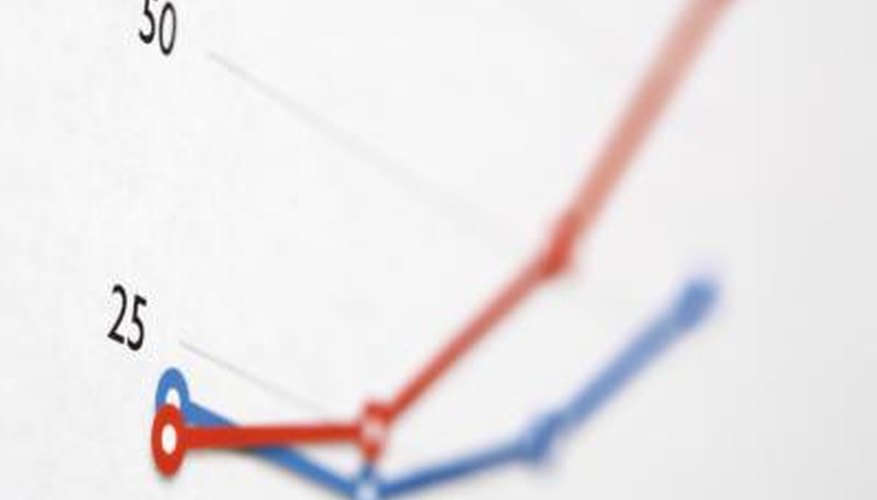A hypothesis is a testable statement about how something works in the natural world. While some hypotheses predict a causal relationship between two variables, other hypotheses predict a correlation between them. According to the Research Methods Knowledge Base, a correlation is a single number that describes the relationship between two variables. If you do not predict a causal relationship or cannot measure one objectively, state clearly in your hypothesis that you are merely predicting a correlation.
Research the topic in depth before forming a hypothesis. Without adequate knowledge about the subject matter, you will not be able to decide whether to write a hypothesis for correlation or causation. Read the findings of similar experiments before writing your own hypothesis.
- A hypothesis is a testable statement about how something works in the natural world.
- Without adequate knowledge about the subject matter, you will not be able to decide whether to write a hypothesis for correlation or causation.
Identify the independent variable and dependent variable. Your hypothesis will be concerned with what happens to the dependent variable when a change is made in the independent variable. In a correlation, the two variables undergo changes at the same time in a significant number of cases. However, this does not mean that the change in the independent variable causes the change in the dependent variable.
Construct an experiment to test your hypothesis. In a correlative experiment, you must be able to measure the exact relationship between two variables. This means you will need to find out how often a change occurs in both variables in terms of a specific percentage.
- Identify the independent variable and dependent variable.
- In a correlative experiment, you must be able to measure the exact relationship between two variables.
Establish the requirements of the experiment with regard to statistical significance. Instruct readers exactly how often the variables must correlate to reach a high enough level of statistical significance. This number will vary considerably depending on the field. In a highly technical scientific study, for instance, the variables may need to correlate 98 per cent of the time; but in a sociological study, 90 per cent correlation may suffice. Look at other studies in your particular field to determine the requirements for statistical significance.
- Establish the requirements of the experiment with regard to statistical significance.
- Look at other studies in your particular field to determine the requirements for statistical significance.
State the null hypothesis. The null hypothesis gives an exact value that implies there is no correlation between the two variables. If the results show a percentage equal to or lower than the value of the null hypothesis, then the variables are not proven to correlate.
Record and summarise the results of your experiment. State whether or not the experiment met the minimum requirements of your hypothesis in terms of both percentage and significance.
